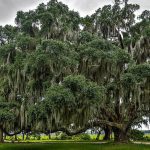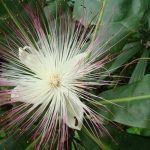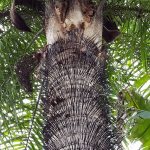Moringa is the sole genus in the plant family Moringaceae. It contains 13 species from tropical and subtropical regions of Africa and Asia that range in size from tiny herbs to massive trees. Moringa species grow quickly in many types of environments.
The genus name is derived from murungai, the Tamil word for drumstick,[citation needed] and in India the plant[which?] is commonly referred to as the drumstick tree.[4]
The most widely cultivated species is Moringa oleifera, native to the foothill of the Himalayas in northwestern India,[5] a multipurpose tree cultivated throughout the tropics and marketed as a dietary supplement, health food or source for herbalism practices.[6] The fruit pods of Moringa oleifera (“drumsticks”) are increasingly consumed as food in many parts of the world, but particularly in South Asia.[7] The leaves are commonly used to make tea. Oils are made from the seeds, while powders can be made from the leaves and roots.






